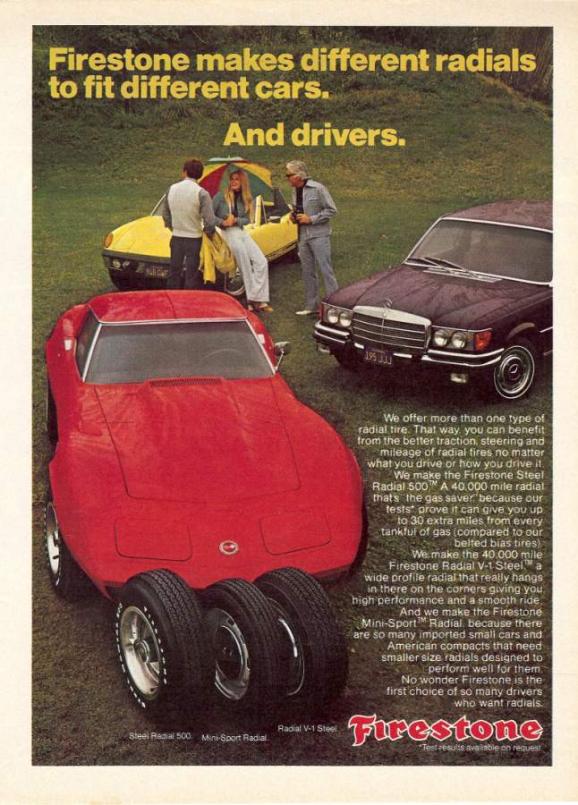While no one likes to empty their wallets to replace their vehicle's tires, they are a vital piece in keeping you safely on the road. So if you're going to spend the money, you want to be sure you are getting your money's worth. Should you be considering Firestone brand tires, knowing how many miles (and how many years) they will last will factor in your decision. We researched the Firestone brand of tires from multiple professional sources so that you will know what to expect if you equip your vehicle with them.
Firestone brand tires will last between 40,000 and 70,000 road miles. If you average 15,000 miles per year, these tires will last between three and five years. Multiple factors can impact how long Firestone tires will last, which include:
Now that we know how long a Firestone tire will last, we'll take a closer look at how to get the most mileage out of your tires. You might also be wondering if Firestone tires are reliable or how often these tires should be replaced. Should all four tires be replaced at once? Have there been any recalls on Firestone tires? For the answers to these questions and more, read ahead in this post to see what our research has uncovered.
Before you continue reading, let us say we hope you find the links here useful. If you purchase something through a link on this page, we may get a commission, so thank you!
Multiple factors will directly affect the life of your Firestone tires. Let's take a look at the most common ones.
Firestone has various models of tires, the useful life of which will range anywhere from 40,000 to 70,000 miles. The most common tire type is the all-weather tire. These model tires from Firestone carry a tread warranty of between 65,000 and 70,000 miles.
While durable, Firestone brand tires are not invincible. What you run over with them will undoubtedly impact how long the tires will last. Deep scrapes, punctures, and other damage might not be able to be repaired.
What you run over with them will undoubtedly impact how long the tires will last. Deep scrapes, punctures, and other damage might not be able to be repaired.
You'll want to be sure that your vehicle is getting all of the routine maintenance performed. Seemingly little things can mean a lot for your Firestone tires. Firestone recommends getting your tires rotated at recommended intervals, as well as having your vehicle's alignment checked annually.
One of the primary reasons that Firestone tires get damaged is the pressure inside of them. Know what to keep the tires inflated to, and regularly check them. Keep a good air pressure gauge inside your vehicle, so you don't have to rely on the one at gas stations. Driving on partially deflated tires will not only damage them but will also decrease your overall fuel economy.
The Firestone brand of tire is a trusted name in the industry.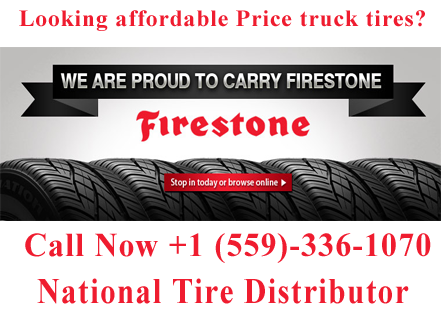 While less expensive than other brands, Firestone doesn't lack in quality. Many of their model tires will carry a tread warranty of up to 70,000 miles.
While less expensive than other brands, Firestone doesn't lack in quality. Many of their model tires will carry a tread warranty of up to 70,000 miles.
Of course, how long your Firestone tire will last will also depend on the factors we mentioned earlier in this post. Be sure to keep your tire pressure at the recommended level, your vehicle in alignment, and try your best to avoid potholes and other road hazards.
There are virtually no products mass-produced that haven't had an issue or two. Firestone has been no exception to this. In May of 2001, Firestone issued a recall of over thirteen million of its tires. These tires were explicitly manufactured for Ford Motor Company.
There were many models of Ford that were impacted by this. All ATX and ATX tires were part of the recall, as well as Wilderness AT models. The vehicles affected were:
No matter the brand of tire, you will need to replace them all eventually.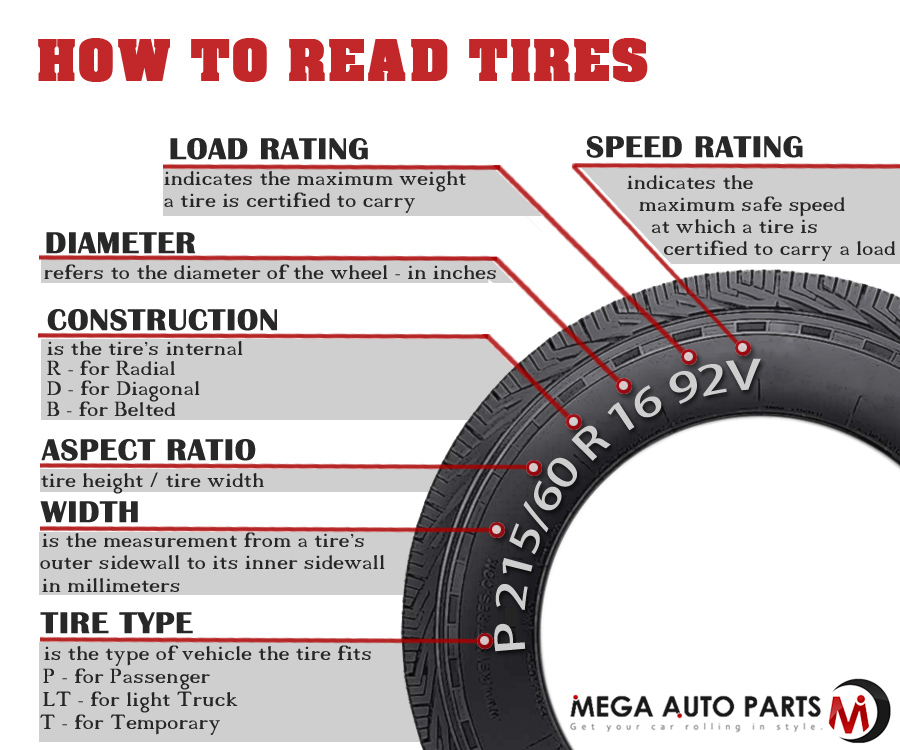 When they should be replaced exactly will depend on several factors. Let's take a look at the most common signs that your tires should be swapped out for new ones.
When they should be replaced exactly will depend on several factors. Let's take a look at the most common signs that your tires should be swapped out for new ones.
There are a lot of road hazards out there, and your tires might fall victim to one of them. Punctures and gashes that can't be repaired should be an obvious sign that you should replace the tire(s). While some of these can be plugged or patched, not all of them can. A tire repair shop will be able to determine if they are salvageable.
You should inspect your tires frequently as they will have tread wear over time. But the tread wear should be even across the tire. If you notice that the tread is worn more on the inside of the tire than the outside or vice versa, you need to get them replaced.
This is also a sign of your vehicle being out of alignment. It's a good idea to get that checked as soon as the new tires on installed. This will keep your new tires from wearing unevenly.
Tires that are worn below 2/32 of an inch should be considered for replacement. Balding tires make the vehicle harder to control, as they will not brake or turn as well. Bald tires are also prime candidates for blowouts, which can lead to auto accidents.
Most tire manufacturers will state that their tires should be replaced after ten years. This is despite how little the tires have been driven on or how much tread they have.
The interior structure of the tires will begin to break down, making them less durable. This will cause safety issues, as they are more likely to deflate or blow out while driving on them.
Whether or not you should replace all four tires at once will depend on the type of vehicle you are driving. Indeed, if all of the tires are nearing ten years old, they should all be replaced. And if they are all equally worn or damaged, a replacement of the entire set is called for.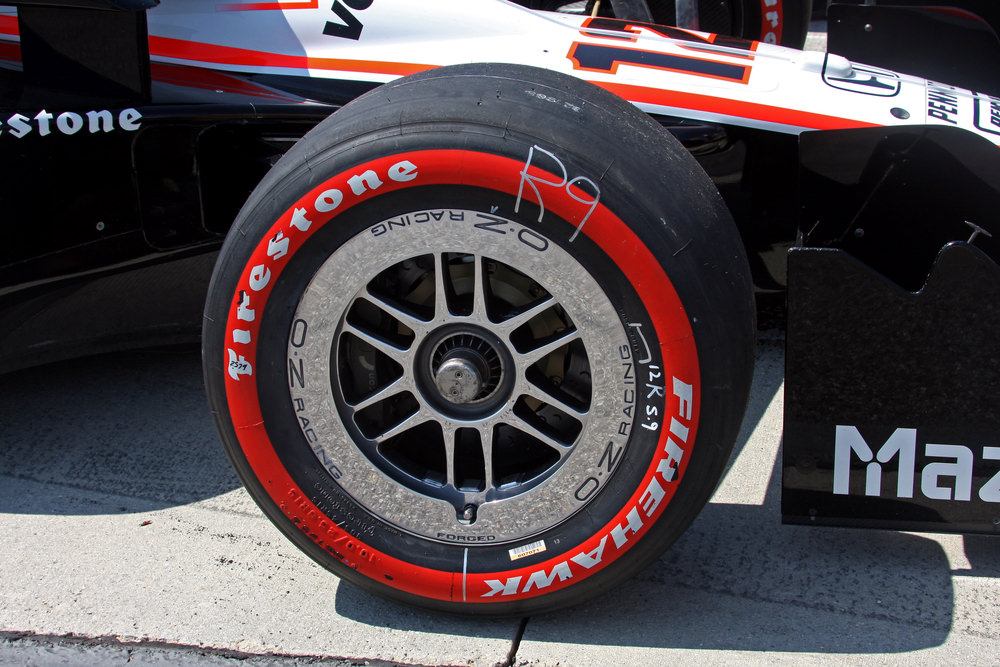
Additionally, if your vehicle is an all-wheel drive, then you should replace the entire set at once. While this can be a lot more costly than just replacing a single damaged tire, it will save you undue damage to your cv axles, transfer case, transmission, and other vital components.
Each wheel is individually powered, the amount of which is determined by the onboard computer. If the tires are worn unevenly, it can cause the parts of your all-wheel-drive system to strain and burn out.
With front or rear-wheel drive vehicles, it's recommended to only change two tires at a time- the one that is damaged and the one that sits opposite of it.
Firestone was founded in 1900 by Harvey Firestone. Headquartered in Akron, OH, Firestone quickly grew into one of the leaders in the tire industry, forging a strong relationship with Ford Motor Company. They were rivaled by Japanese tire manufacturer Bridgestone, which was established in 1931.
Firestone Tire and Bridgestone Tire merged in 1988 when Bridgestone bought out Firestone.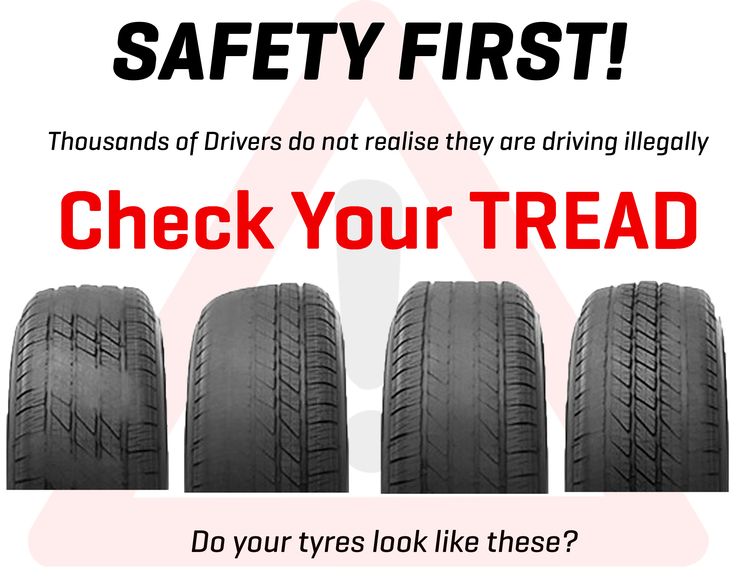 This made the newly formed company, named Bridgestone Americas, the largest tire and rubber manufacturing company globally.
This made the newly formed company, named Bridgestone Americas, the largest tire and rubber manufacturing company globally.
With over 55,000 employees, Bridgestone's Nashville-based company has swollen to more than fifty production facilities worldwide.
Firestone tires are a proven brand for reliability and durability. Under the flagship of Bridgestone Americas, Firestone has continued to produce dozens of models of tires, so you'll be able to find a tire for any of your passenger vehicle needs.
No matter what model Firestone tire you equip your vehicle with, the life of the tire will be partially based on how well you maintain it and how you maintain your vehicle. Drive safe!
If you found this post on Firestone tires to be helpful, we believe you'll enjoy reading the following posts on tires and tire maintenance:
Do All 4 Tires Need To Be The Same Brand? Or Can You Mix And Match?
Are Car Tires Directional Or Non-Directional? [And How To Tell]
Driving with Low Tire Pressure (How to Do So Safely)
When buying new tires or replacing an old set, you need to know how long the specific brand can last, its quality, and its performance before making a payment.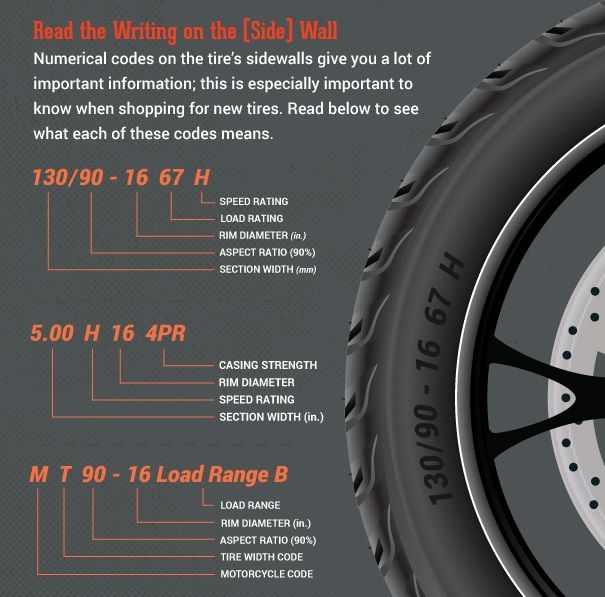
American tire brand Firestone is one of the most renowned companies which offers high quality and durable tires for different types of cars and road conditions. But, how long do Firestone tires last? Here’s all you need to know.
Firestone tires typically last 50,000 miles to 70,000 miles (80,000 km and 112,000 km) depending on the type of tire. However, some of their tires have a mileage warranty of 40,000 miles. If you base this with the average yearly mileage of 13,500, Firestone tires should last between three to five years, depending on driving habits and tire maintenance.
Keep on reading to learn more about Firestone tires, how long they last, when to replace them, and the different types!
Firestone tires have a mileage warranty of about 50,000 to 70,000 miles, depending on the tire you buy.
However, there are some all-season tires that come with a mileage warranty of 40,000 miles.
Although the average mileage is ideal, it’s much lower compared to some other brands, such as Goodyear and Michelin, which offer mileages of up to 90,000 miles.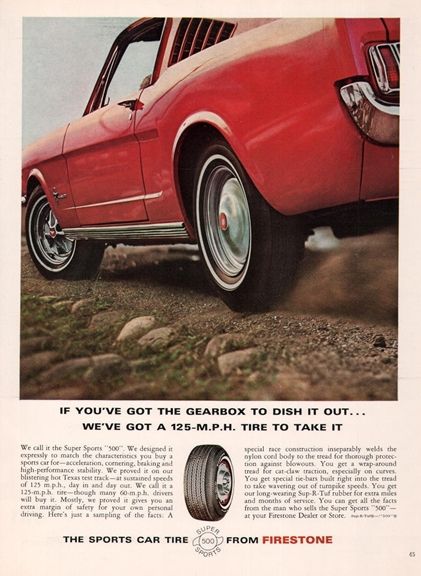
Even though the company assures customers of these mileage warranties, some customers get an average of 20,000 – 30,000 miles which is pretty low.
Since the average person drives around 13,500 miles every year, these Firestone tires will last about 3.7 to 5.1 years.
However, you need to keep in mind that the mileage for every car will differ according to how the tires are maintained, the road conditions, the specific driving habits, and weather conditions.
If the tires are not well maintained or constantly driven on potholes, they will last for a shorter period.
Like other tires, you can identify the wear-out rate by looking at the tread depth. If your treads are worn out, your tires will perform poorly on the road.
While some drivers report that their Firestone tires are wearing out faster than expected, the rate varies from person to person.
Tires will also wear out differently depending on how you take care of them.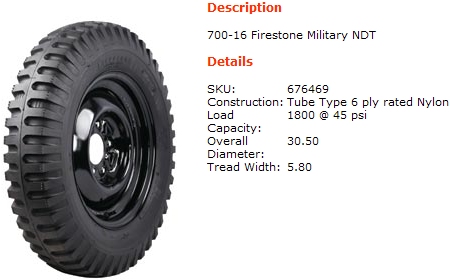 Even though Firestone provides a tire warranty for all their brands, there are some that don’t go above or beyond this mileage.
Even though Firestone provides a tire warranty for all their brands, there are some that don’t go above or beyond this mileage.
If you compare their different types of tires, the Destination brand stacks up pretty well with a higher mileage warranty of 60,000 – 70,000 miles.
Firestone offers some tips on how to know that you need new tires, which includes carrying out the penny test to confirm that the remaining tread depth is more than 2/32 of an inch.
Additionally, having insufficient tread on your tires is considered illegal in most states because it increases the rate of accidents.
Therefore, as soon as you notice the tread is wearing out, it’s time to replace the tires.
On the other hand, if your tires are exposed to weather elements such as too much sun exposure, they are prone to structural damage, affecting the tire’s quality and performance.
Most tire manufacturers recommend replacing your tires after ten years, even if they look like they are still in good condition.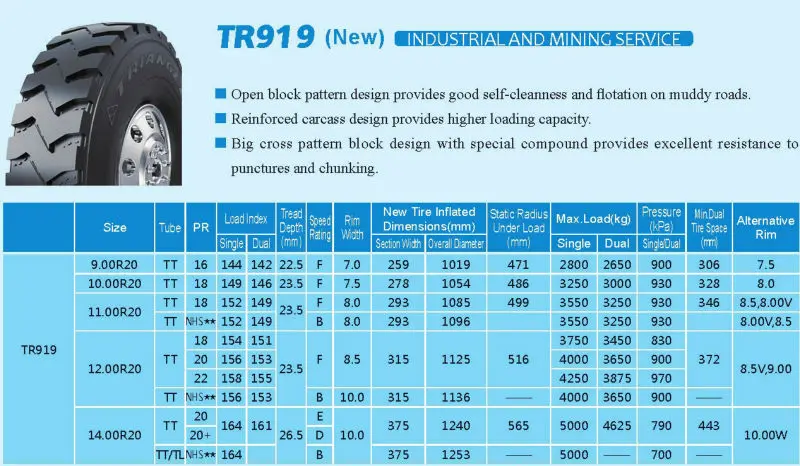 You can confirm whether the tire has hit this age by looking at the DOT serial number embedded on the tire with the date of manufacture.
You can confirm whether the tire has hit this age by looking at the DOT serial number embedded on the tire with the date of manufacture.
Tire manufacturers provide recommendations on when each of their brands should be replaced.
Therefore, you have to check with the specific brand you have because they are not universal; the period ranges from 6 to 10 years.
Firestone tires have markings on the tire sidewall with a series of numbers and letters known as the DOT code that represents the manufacturer’s code, tire width and details, and the date and week of manufacture.
With this code, you can know whether the tire is expired and if you need new ones.
According to Firestone, the Destination LE3 all-season tire is their best-selling tire. At a mileage warranty of 70,000 miles, it has the longest limited warranty.
Designed to perform in dry, wet, and snow conditions, the LE3 is a high-performing tire for light and medium trucks.
On the other hand, the Destination LE2 has a 60,000-mile limited treadwear warranty and is built for all-season performance.
While some customers have had bad experiences with the Destination A/T2 tire, the company gives them a limited warranty of 55,000 miles.
Designed for off-road driving, these tires are also dependable when driving on the road. They also perform well and are meant for light and medium trucks.
Firehawk GTA-2 tires have a limited mileage warranty of 40,000 miles.
These tires are designed for performance and have a track record on the street. Additionally, they have a confident response time and braking, perfect for dry and wet conditions.
If you are looking for winter tires, the Winterforce 2 is the best option from Firestone. They are designed with a grip that you can rely on when driving through snow-covered roads.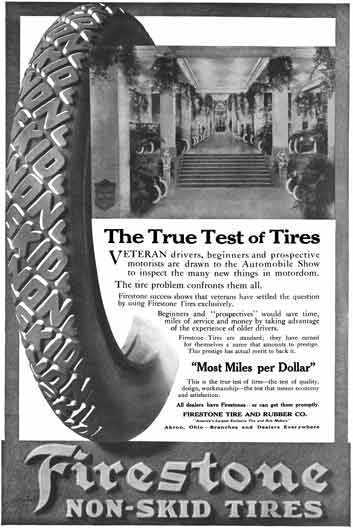
On average, these tires last about 30,000 to 50,000 miles and are designed for the owners of coupes, sedans, and minivans looking for good wintertime traction on wet and snow-covered roads.
These snow tires have the industry’s three-peak mountain snowflake (3PMSF) symbol, indicating improved performance in harsh conditions.
To know more about tires, you can also see our posts on how long do Pirelli tires last, how long do Bridgestone tires last, and how long do Michelin tires last.
Firestone tires last from 50,000 to 70,000 miles on average. However, there are some that last 40,000 miles.
While this is lower than other brands, the mileage could be higher if the tires are well taken care of.
With proper care, these Firestone tires are expected to last between three and five years. However, some customers report low mileages.
Like other tires, these Firestone brand of tires will last longer if they are well maintained and driven in proper road conditions.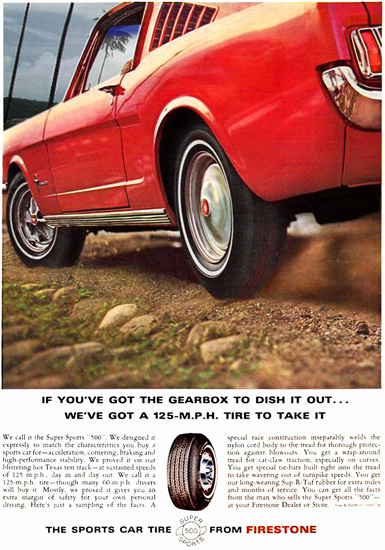
contents
Rear change every 10-12 months, it can be about 4000-5000km.
Although some brands offer tires that promise to last around 10,000 km, in practice it is very likely that we will have to replace them when we get close to 3,500 km or about 3,200 km.
Tires: Schwalbe Marathon quality tires last from 15.000 to 20.000 km, although it is recommended to always have at least one spare tire with you on a long trip in case you encounter broken glass. nine0003
The tire has a useful life when it is not subject to wear, that is, the time and kilometers it travels without reaching the legal tread depth limit of 1.6 mm. As a rule, some tires have a lifespan of 40.000 to 50.000 km if they are of good quality.
We recommend replacing a tire if:
Tread wear exceeds recommended depth levels. The flank is damaged. Any hole in the tread is larger than 6mm in diameter. Bead damaged or deformed (bead is the edge of the tire that rests on the wheel)
The flank is damaged. Any hole in the tread is larger than 6mm in diameter. Bead damaged or deformed (bead is the edge of the tire that rests on the wheel)
Mountain bike tire pressure chart
| Tire width (inches) | ||
|---|---|---|
| 60 kg | 2 bar / 29 psi | 1.9 bar / 27 psi |
| 70 kg | 2.1 bar / 30 psi | 2 bar / 29 psi |
| 80 kg | 2.2 bar / 32 psi | 2.1 bar / 30 psi |
| 90 kg | 2.3 bar / 33 psi | 2.2 bar / 32 psi |
Bicycle disc brake pads have an approximate life span of 6 to 12 months. But everything will depend on the use of the cyclist and the assembly of the bike. This will affect the brake type, pad material, more or less brake use, etc.
But everything will depend on the use of the cyclist and the assembly of the bike. This will affect the brake type, pad material, more or less brake use, etc.
Tubeless life
Fluid life varies by manufacturer, bike use and season. However, it is generally recommended to change tubeless fluid every three months, although there are specialist brands such as X-Sauce that recommend changing every two as a preventive measure.
STEERING WHEEL:
| STEERING WHEEL: | |
|---|---|
| BASIC WHEEL ALIGNMENT | €9.95 |
| FRONT SPOKE REPLACEMENT | €14.95 |
| SPECIAL SPOKE REPLACEMENT | €24.95 |
| REAR WHEEL SPOKE REPLACEMENT | €19.95 |
Find out how.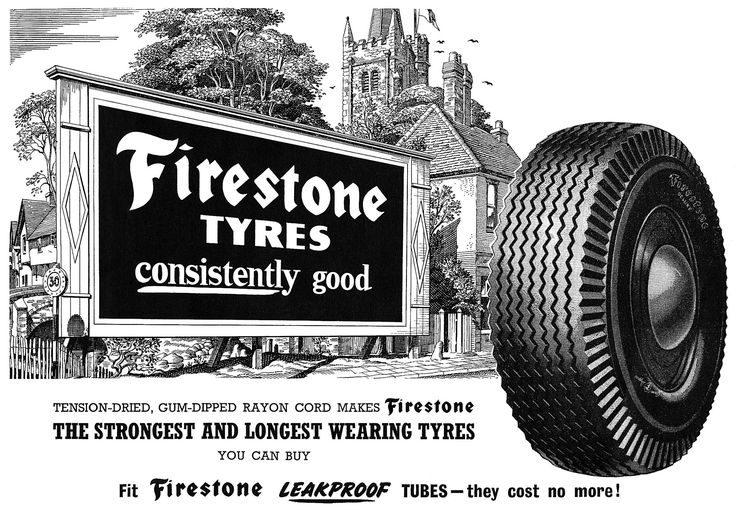
They are 5 years from fitting, 10 years from manufacture. However, when mounting the tire, we take it out of the ideal conservation conditions, so the degradation begins more “seriously”. However, tires always expire, whether they are well-preserved or very poorly preserved.
Some of the most modern tires are guaranteed for 90.000 miles (144.000 km) of tread wear. If they are installed on vehicles that are rarely used, these tires may need to be replaced before the tread is completely worn out.
An installed tire has a service life of approximately five years. Even if they have been properly stored, it is not recommended to install tires older than 10 years.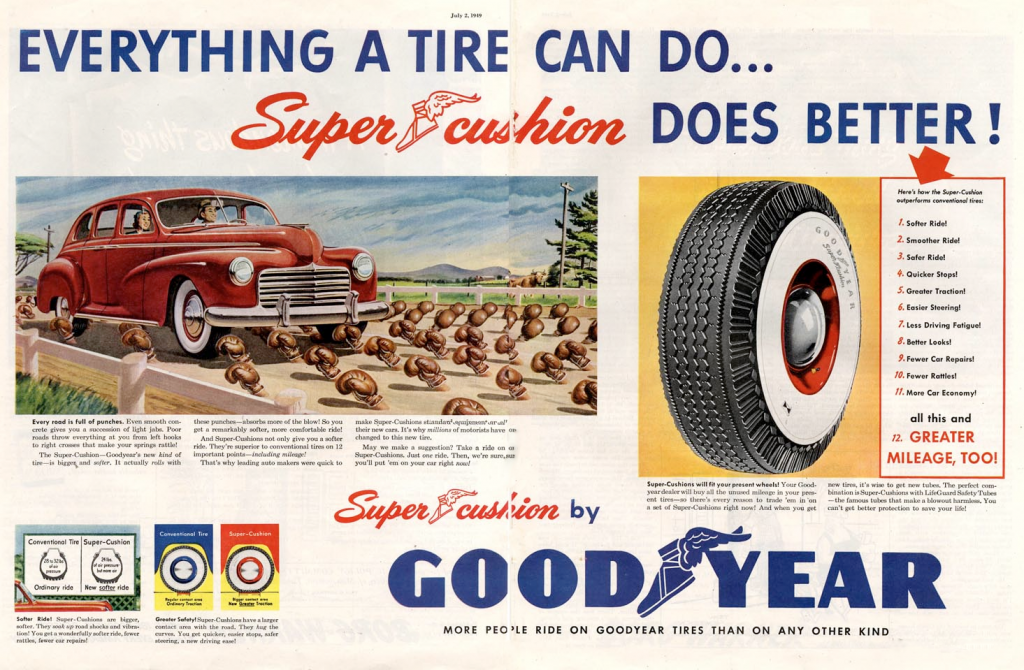
The easiest way to measure tire wear is to take a euro coin and insert it into the tire grooves. If the gold part of the coin is covered, then it's time to change the tire. For winter tires, use a 2 euro coin.
For thin MTB tires (less than 2.2), the pressure should be around 1.8-1.9 bar, and for wide tires (greater than 2.2), the pressure should not exceed 1.75-1.8 bar.
pressure. As a rule, tire pressure does not exceed 2 bar. The recommended pressure for wide tires 2.25 and more is 1.7-1.9bar, and for narrow tires a little more than 1.8-1.9 bar.
If you are tubeless it is very interesting that you have a sahmurai kit that will solve a typical tubeless puncture and stored on the handlebar.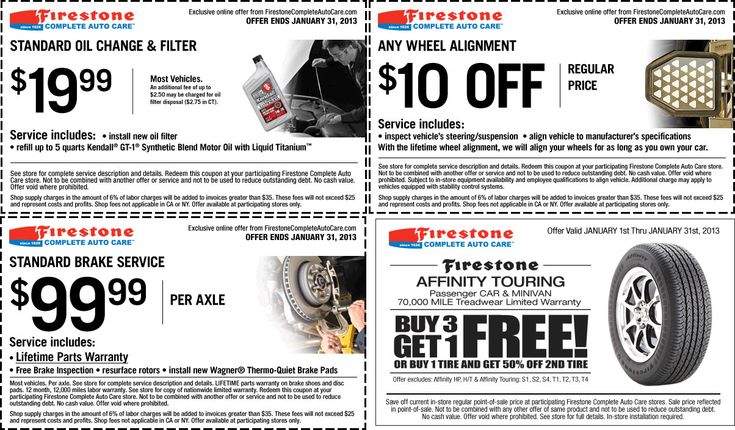 This kit includes several wicks and a range of needles so you can fix your puncture quickly and safely. Of course, a new camera is also needed.
This kit includes several wicks and a range of needles so you can fix your puncture quickly and safely. Of course, a new camera is also needed.
To find out if a disc is worn, we must measure its thickness, always measuring in the area of contact with the pads. Each brand is slightly different but always states a recommended minimum thickness, for example in Shimano's case the minimum thickness is 1.5 millimeters as stated on the rim itself. nine0003
As a general rule, brake pads should be replaced after about 80,000 km, but there are times when they should be changed after 40,000 km; it all depends on the above factors.
How do you know if they fail? If you notice a vibration in the pedal and steering wheel when braking, then the discs are warped and need to be replaced. In addition, you can check its condition visually: if you notice a lot of burrs between the braking surface and the edge of the disc, they must be replaced. nine0003
In addition, you can check its condition visually: if you notice a lot of burrs between the braking surface and the edge of the disc, they must be replaced. nine0003
On the technical side, tubeless models allow us to ride with less pressure and therefore improve traction in technical or muddy areas. Traction is also improved with the tubeless tire, and punctures are significantly reduced due to the absence of pinched tubes.
Tube type tires do not require any special lining or treatment as they are designed to be used with an inner tube. Therefore, if we use them as if they were tubeless-ready, the sealing fluid can damage the inside of the tire. nine0003
From a safety point of view, a tubeless tire is better because of its design and construction, which allows you to continue on to the next service station. On the other hand, tube tires, although cheaper, are not the most reliable to drive.
On the other hand, tube tires, although cheaper, are not the most reliable to drive.
We currently see professional road cycling teams using tires and tubes ranging from 23mm to 26mm in diameter. Major bike manufacturers are adapting to new sizes or larger wheel arches to accommodate tires as small as 25mm. nine0003
There are technical studies that show that wide tires have less rolling resistance. In addition, a tire with a large ball absorbs bumps in the terrain better, which will give you more comfort on the bike.
This is an abbreviation of Threads Per Inch or, equivalently, Threads per Inch, and is an English unit for measuring the number of threads a case contains per inch. The higher the TPI value, the more threads it will contain and the lower its weight, since the amount of rubber used is less. nine0003
To find out the date of manufacture of the tire, you should see four digits on the outside (which are usually enclosed in a circular box or part of the DOT code), the first two digits refer to the week of manufacture, and the rest to the year of manufacture.
The DOT tire code or label is the code required by the US Department of Transportation to sell tires. Although it is not needed in Europe, it also appears in general. In this code, we can find the date of manufacture of the tire. nine0003
ROTATION AND BALANCE.
If you do not have your vehicle's owner's manual, BFGoodrich® recommends changing tires every 10,000-10,000 km. A monthly tire wear check is recommended. Your tires should be repositioned at the first sign of uneven wear, even if it happens before 1,000,000 miles.
Summer tires, which brands are better?
| Good quality brands | Medium quality brands | Lower quality brands |
|---|---|---|
| 1. Continental | 1. Pirelli | 1. Sava |
| 2. Dunlop | 2. Michelin | 2.Uniroyal |
3. Goodyear Goodyear | 3. Nokian | 3. Yokohama |
| 4. Bridgestone | 4. Falke | 4. Nexen | nine0036
Front-wheel drive vehicles wear more on the front tires, while rear-wheel drive vehicles wear more on the rear tires.
While there are tire manufacturers with over a century of history, the world's largest tire manufacturer is celebrating its 50th anniversary by launching them. Contrary to what it might seem, the company that makes the most tires in the world is the Lego Group, yes, Lego, the Danish toy manufacturer. nine0003
To make it clearer, we will clarify this in a very effective but easy to understand way: if the area where you are going to travel is above 7ºC, you will need hard tires. If the area where you are going to travel is below 7ºC, you will need soft tires.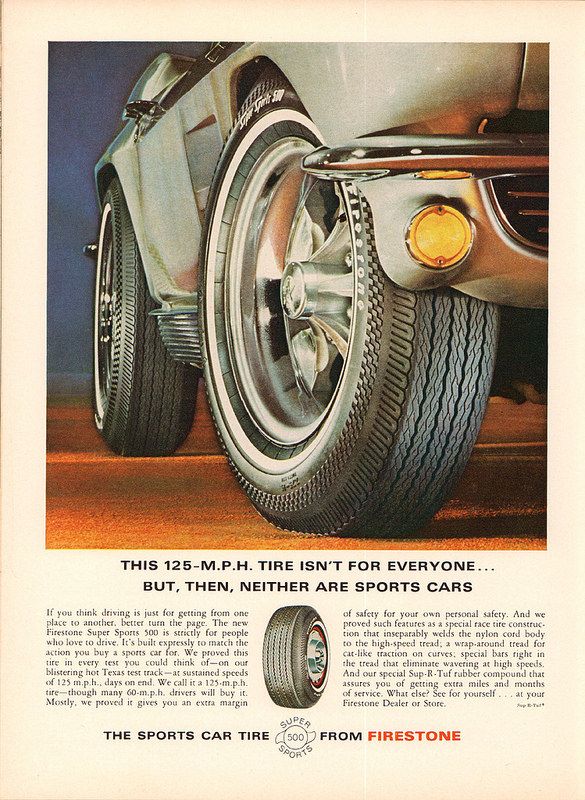
Firestone, although in principle an independent brand, belongs to the almighty Bridgestone and therefore the wheels are made from their warehouses. Does this mean that the performance of Firestone wheels is inferior to Bridgestone tires? The truth is, it shouldn't be. nine0003
They offer superior comfort compared to most of their competitors and excellent braking performance. In addition, it is very quiet, so forget about the noise. As we have already mentioned, the Firestone catalog also allows you to buy high-quality Firestone tires for vehicles other than 4WD SUVs and passenger cars.
For passenger car and motorcycle tires, the minimum tread depth is 1.6 mm. On the other hand, on light motorcycles, the limit is 1.0 millimeters. nine0003
The tread depth of new tires is approximately 8-9 mm.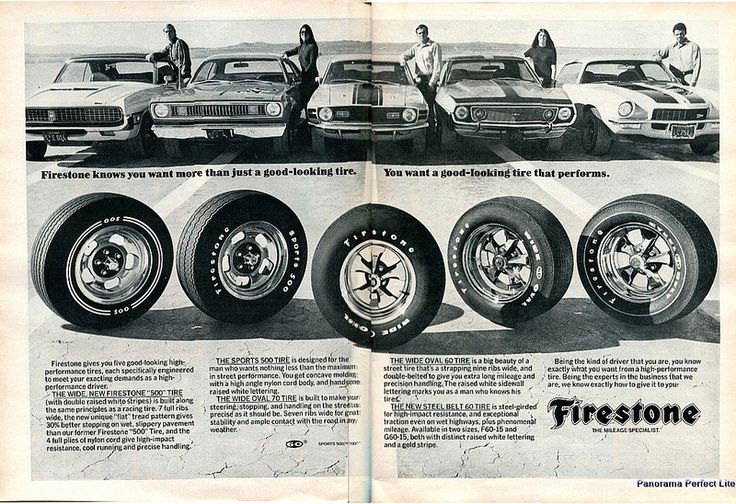 You can legally ride with them until they reach a minimum depth of 1.6mm at 75% of the tread width and around the circumference of the tread.
You can legally ride with them until they reach a minimum depth of 1.6mm at 75% of the tread width and around the circumference of the tread.
When a tire has lost a lot of rubber, it greatly reduces its resistance, the same thing happens if the pressure is lower than it should be. Although many do not believe it, a blowout can occur when hitting a curb at low speed or hitting a pothole at a certain speed. nine0003
Considering that the average weight of a 29" camera is usually around 225 grams, with the help of a tube we can reduce the weight a little more; that yes, we must not forget that tubing means adding a tubeless fluid that also weighs.
The tread is the outside diameter of the bike rim. It is calculated by measuring the distance from the ground to the center of the wheel in inches and then multiplying by two. The point of contact of the tire with the ground is always taken into account. nine0003
nine0003
Conventional bicycles use 36 spokes. For lighter wheels, 32-spoke rims and hubs are used, and for a tandem or delivery bike, 40- and even 48-spoke wheels are used.
Mountain bike tire pressure chart
| Tire width (inches) | ||
|---|---|---|
| 70 kg | 2.1 bar / 30 psi | 1.8 bar / 26 psi |
| 80 kg | 2.2 bar / 32 psi | 1.9 bar / 27 psi |
| 90 kg | 2.3 bar / 33 psi | 2 bar / 29 psi |
| 100 kg | 2.4 bar / 35 psi | 2.1 bar / 30 psi |
At Michelin, for example, if we look at the most common 29×2.25 tube tires, the pressure they take is between 1.8 and 4 bar (from 29up to 58 psi), while Continental to the same extent and similar tires are 3. 5 to 4.5 bar (50 to 65 psi).
5 to 4.5 bar (50 to 65 psi).
AT 65 psi COLD" indicates the maximum tire load range and the corresponding maximum cold pressure.
In the case of mountain bike tyres, a tire with a convex profile, such as mountain bike, cyclocross or gravel, should be changed as soon as traction deteriorates. This happens when the center studs are too worn, they no longer have sharp edges and lose many of their properties. nine0003
Approximately the most common is that the average battery life is about four years.
content
Although some brands offer tires that promise to last around 10,000 km, in practice it is very likely that we will have to replace them when we get close to 3,500 km or about 3,200 km. nine0003
Your tires can last anywhere from 1,000 to 10,000 km, with numbers that wide it's best to watch for obvious signs of wear and be ready to replace them when the time is right.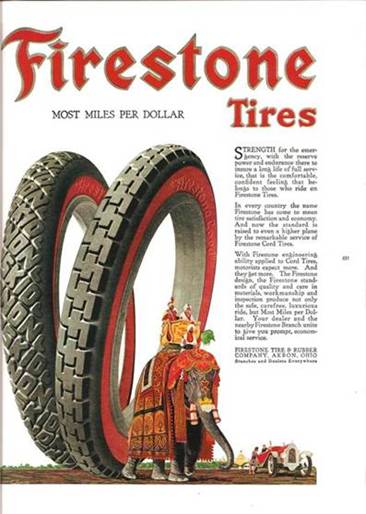
Tire shape.
The tire may deform and lose its original roundness. If we see that the central part is flattened, then there is more wear and we are losing traction. Cracks: Micro cracks in a tire are a sign of rubber wear. nine0003
- Tire mileage (and how many punctures each model has). An average of 3.758 km on the rear wheels (from 5.680 km to 2.121 km).
As a rule, the life of tires is about 40.000 / 10.000 km if they are of good quality. Some tires of the worst range usually have a lifespan of around 1,000,000 miles.
As we mentioned in the previous paragraph, there is no exact usage data for chain and cassette replacement, although there is an average that is around 2.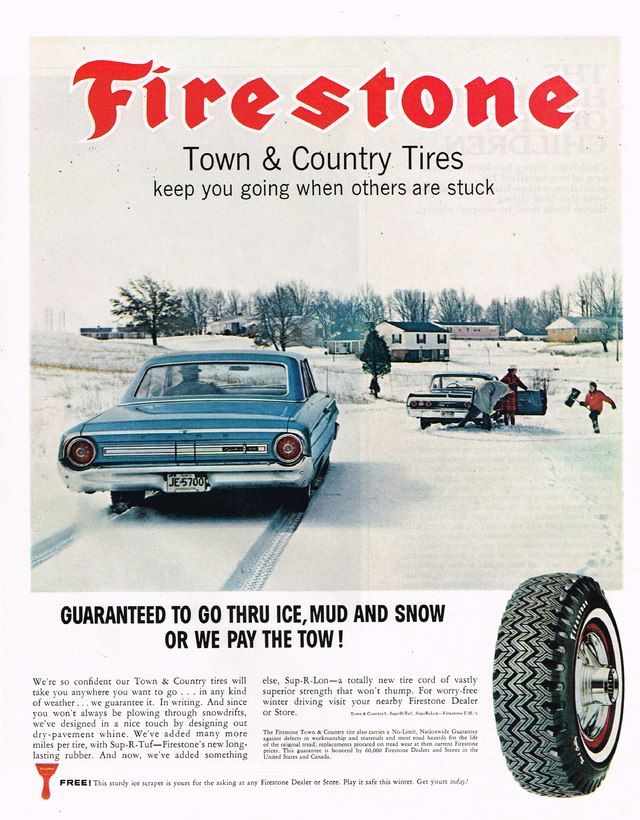 000 kilometers, a distance that will be affected by part of the location and the conditions in those locations. who use a bicycle for maintenance …
000 kilometers, a distance that will be affected by part of the location and the conditions in those locations. who use a bicycle for maintenance …
Here is our selection of the top 10 road tires of the moment to meet your every need.
We recommend replacing a tire if:
Tread wear exceeds recommended depth levels. The flank is damaged. Any hole in the tread is larger than 6mm in diameter. Bead damaged or deformed (bead is the edge of the tire that rests on the wheel)
The easiest way to measure tire wear is to take a euro coin and insert it into the tire grooves.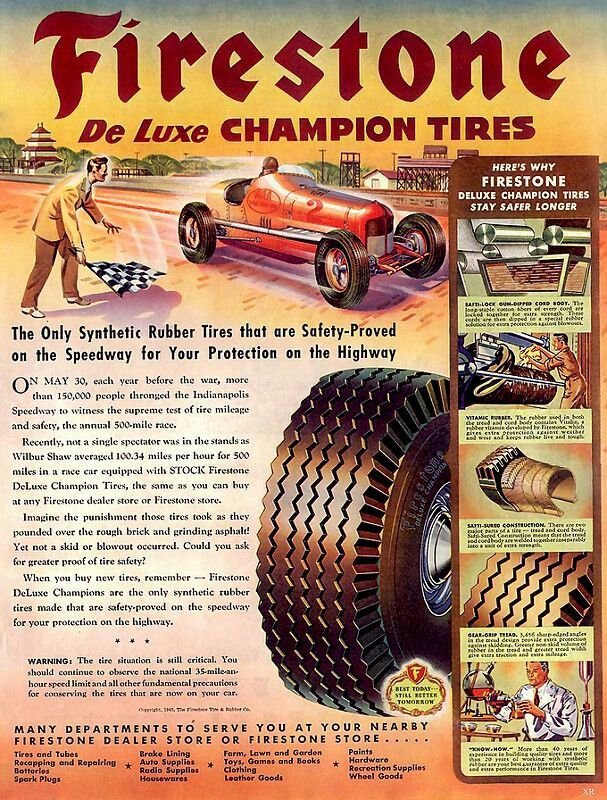 If the gold part of the coin is covered, then it's time to change the tire. For winter tires, use a 2 euro coin.
If the gold part of the coin is covered, then it's time to change the tire. For winter tires, use a 2 euro coin.
STEERING WHEEL:
| STEERING WHEEL: | |
|---|---|
| BASIC WHEEL ALIGNMENT | €9.95 |
| FRONT SPOKE REPLACEMENT | €14.95 |
| SPECIAL SPOKE REPLACEMENT | €24.95 |
| REAR WHEEL SPOKE REPLACEMENT | €19.95 |
Find out how.
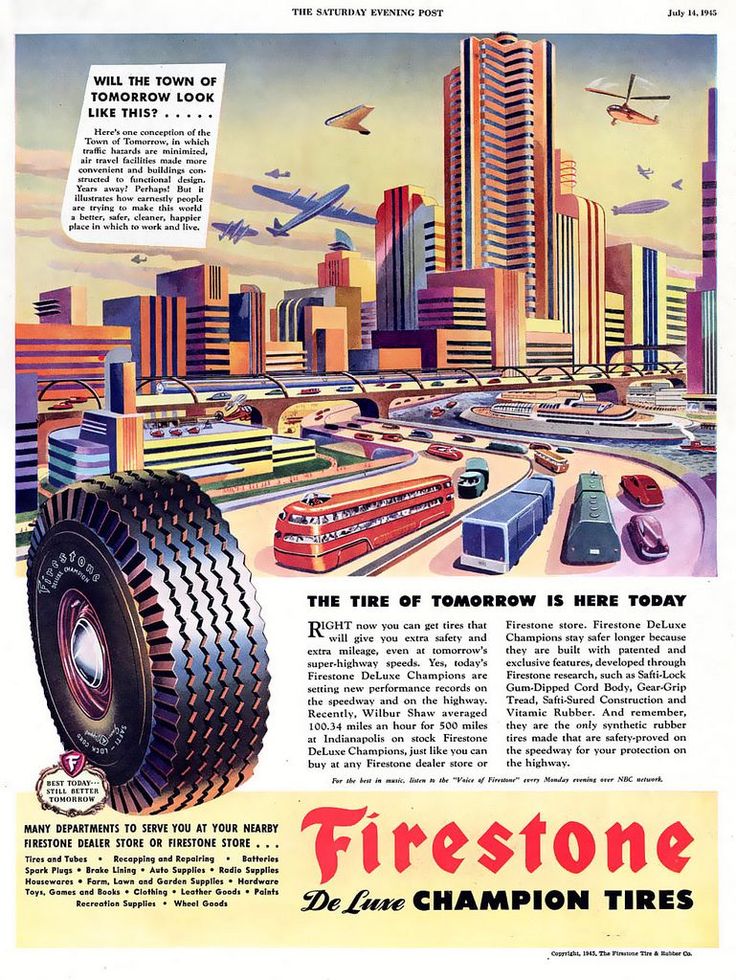
Member. I change the rear every 10-12 months, it can be about 4000-5000km.
For this reason, depending on the running time, Michelin tires (respondents drove them an average of 46.918 kilometers), Goodyear, Sava, BFGoodrich, Kumho, Pirelli, Continental and Bridgestone tires last the longest.
Some of the most modern tires are guaranteed for 90.000 miles (144.000 km) of tread wear. If they are installed on vehicles that are rarely used, these tires may need to be replaced before the tread is completely worn out.
But this figure can fall below 10.000 40 km if the one who sits in the team is constantly pushing the limits of the car. Therefore, although the tires are designed to last between 50.000 and 50.000 km, the reality hides many important surprises. nine0003
Therefore, although the tires are designed to last between 50.000 and 50.000 km, the reality hides many important surprises. nine0003
Front sprockets: usually change them every two cassette changes (16.000 km). It is not necessary to change all three plates at once.
Preferably when we have a chain on a middle chainring and want to e.g. change to a large chainring to have a softer development, move to a small chainring and lower the chainring if necessary, because changing the chainring instead of pine nuts is cooler . nine0003
Overuse will cause the chain to not hold well and even jump from one tooth to another, causing "false pedal travel". This is a clear sign that the sprockets are badly worn.
This is a clear sign that the sprockets are badly worn.
While a few years ago most professional cyclists used 23mm tires, today 25mm is the standard. nine0003
Normally standard road bikes use 28/32 spoke wheels, but in the case of sport bikes the aim is to keep weight as low as possible with hubs and rims with 20/24 or even smaller spokes, rims made from lightweight materials. for example, carbon to improve weight, aerodynamics and acceleration.
The best MTB tires - offers, models and opinions
Tires do not actually have an exact expiration date, this is due to the condition of the outer coating and the internal structure of the wheel, that is, with the use of tires. nine0003
To avoid this and keep your tires in good condition, here are five signs that you need new tires.
When a tire has lost a lot of rubber, it greatly reduces its resistance, the same thing happens if the pressure is lower than it should be. Although many do not believe it, a blowout can occur when hitting a curb at low speed or hitting a pothole at a certain speed.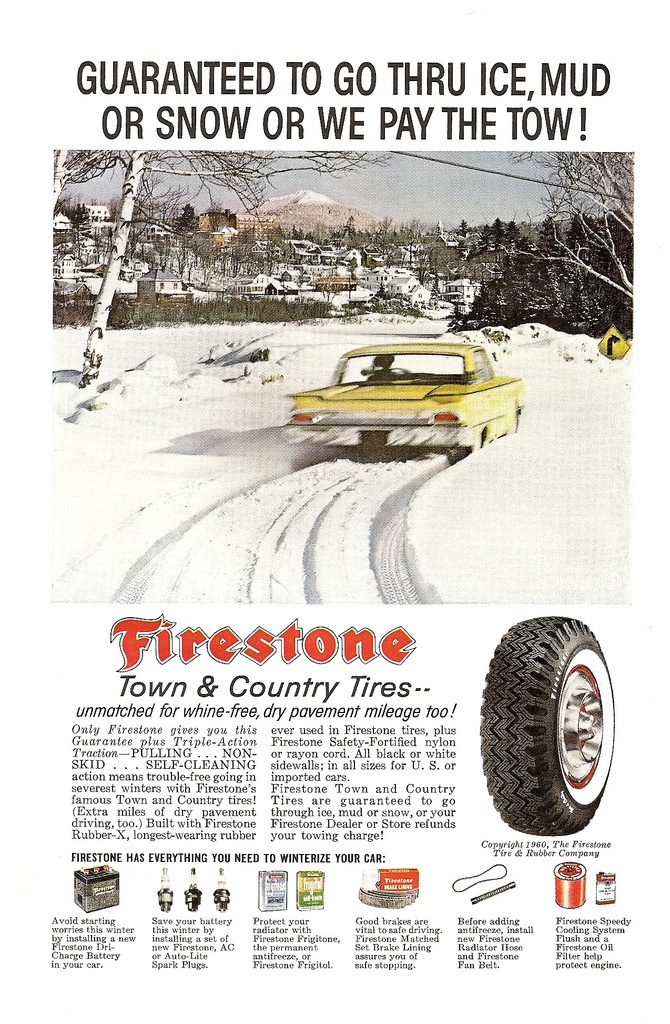 nine0003
nine0003
The average tread depth of new tires is up to 8 millimetres. New tires have a tread depth of 8 to 9 mm (0.31 to 0.34 inches). As you ride, the pattern wears out due to friction.
New tires have a tread depth of 8-9 mm. The minimum permitted tread depth is 1.6mm.
Conventional bicycles use 36 spokes. For lighter wheels, 32-spoke rims and hubs are used, and for a tandem or delivery bike, 40- and even 48-spoke wheels are used. nine0003
The tread is the outside diameter of the bike rim. It is calculated by measuring the distance from the ground to the center of the wheel in inches and then multiplying by two. The point of contact of the tire with the ground is always taken into account.
These numbers represent the size of the cover, which determines the size of the inner chamber you will need. For example, on a road bike tire, you'll see the detailed "700 x 23". Then a suitable tube for this tire would be the 700 x 18-23/25 option. nine0003
For example, on a road bike tire, you'll see the detailed "700 x 23". Then a suitable tube for this tire would be the 700 x 18-23/25 option. nine0003
There are technical studies that show that wide tires have less rolling resistance. In addition, a tire with a large ball absorbs bumps in the terrain better, which will give you more comfort on the bike.
moisture control
Also oil the chain as if you were riding in the rain to protect it from moisture in the air. You can also cover the bike with a blanket to hide it from airborne dust that mixes with the oil film and forms a slimy mass. nine0003
Immune thrombocytopenia (ITP) is a bleeding disorder that affects the blood's ability to clot due to too few blood cells called platelets (platelets).
Like the rest of the automotive industry, Continental recommends that you discard all tires (including spares) that are more than ten years old and replace them with new ones.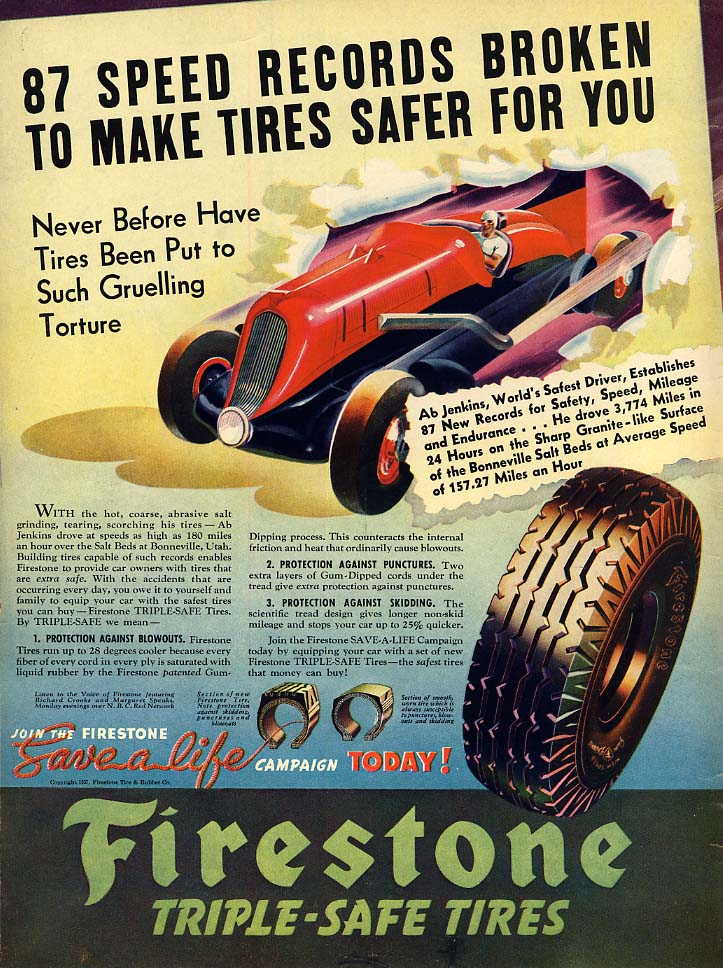
To make it clear to you, we will clarify this in a very effective but easy to understand way: if the temperature in the area where you are going to move is above 7ºC, you will need hard tires. If the area where you are going to travel is below 7ºC, you will need soft tires.
Firestone, although in principle an independent brand, belongs to the almighty Bridgestone and therefore the wheels are made from their warehouses. Does this mean that the performance of Firestone wheels is inferior to Bridgestone tires? The truth is, it shouldn't be. nine0003
They offer superior comfort compared to most of their competitors and excellent braking performance. In addition, it is very quiet, so forget about the noise. As we have already mentioned, the Firestone catalog also allows you to buy high-quality Firestone tires for vehicles other than 4WD SUVs and passenger cars.
Hankook tires are one of the best options on the market if we want to bring our premium wheels up to par with the best without paying extra for higher cache wheels. nine0003
This contest reaches an average of 40.000 km until the time it is updated, so if we go back to the math, this gives us an average of 58.000 km for this tire.
When tires are repeatedly exposed to harsh weather conditions such as extreme temperatures such as strong sunlight, rain, snow or ice, their life is greatly reduced. In addition, if the tire material comes into contact with oil or grease, it will also shorten the life of the tire. nine0003
However, the Pirelli Cinturato P7 class is much better and I noticed it. They are very quiet and grip in the wet is excellent even at high speeds and in the rain. Dry adhesion is exceptional.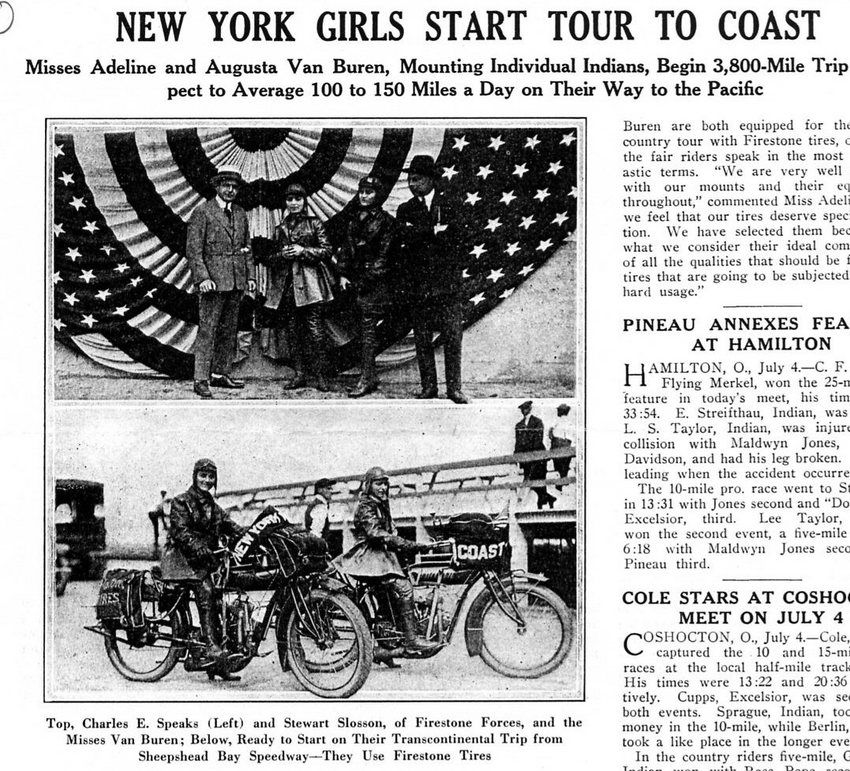 The tire holds the road well, tread wear is slow and even.
The tire holds the road well, tread wear is slow and even.
The service life of road bicycle chains is between 3.000 and 10.000 kilometers.
As we mentioned in the previous paragraph, there is no exact usage data for chain and cassette replacement, although there is an average that is around 2.000 kilometers, a distance that will be affected by part of the location and the conditions in those locations. who use a bicycle for maintenance …
Remember that the average wear of a bicycle chain is between 3,000 and 8,000 kilometers.
Most tires have symbols, symbols and abbreviations on the tire shoulder where the wear indicators are located on the tread.